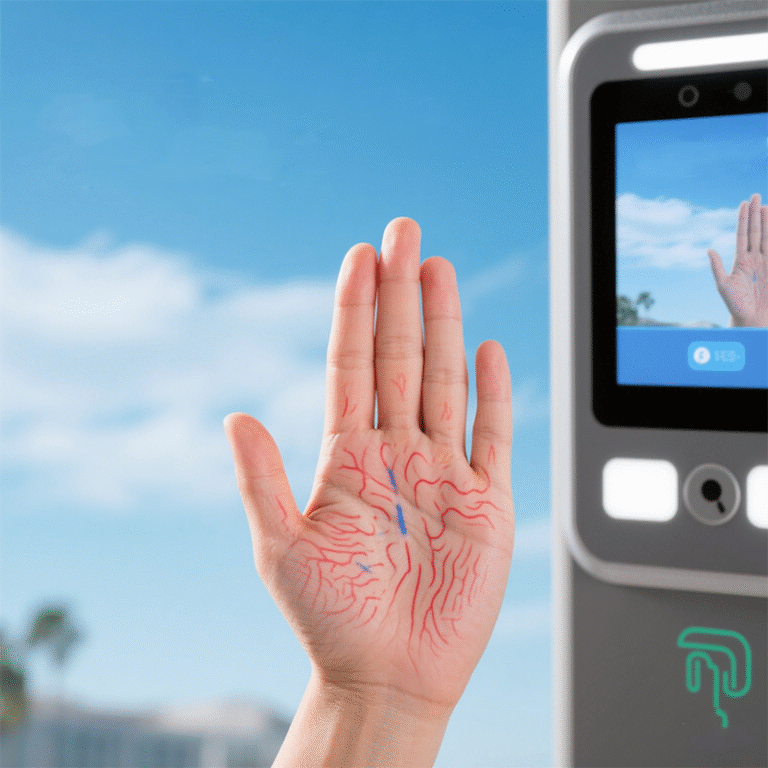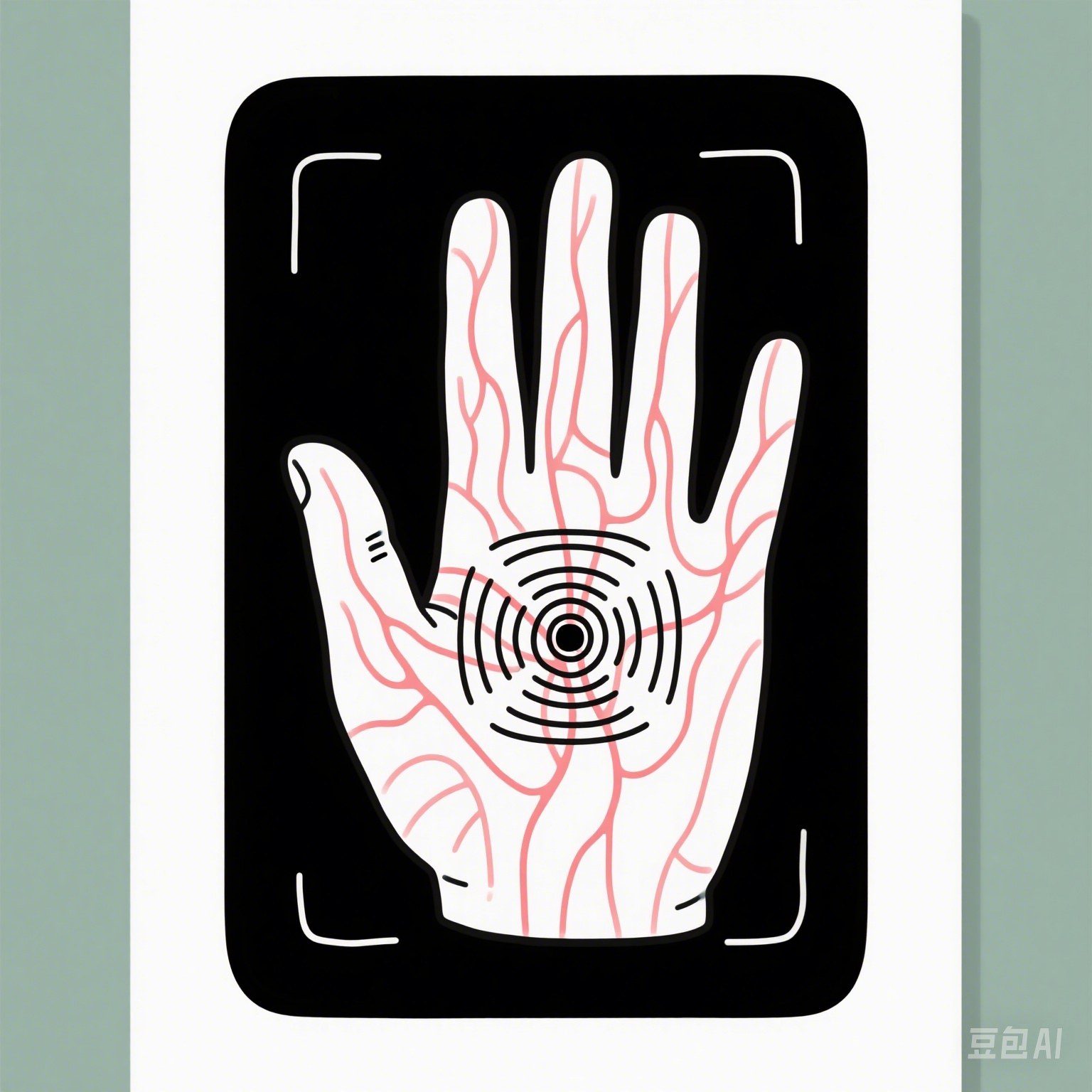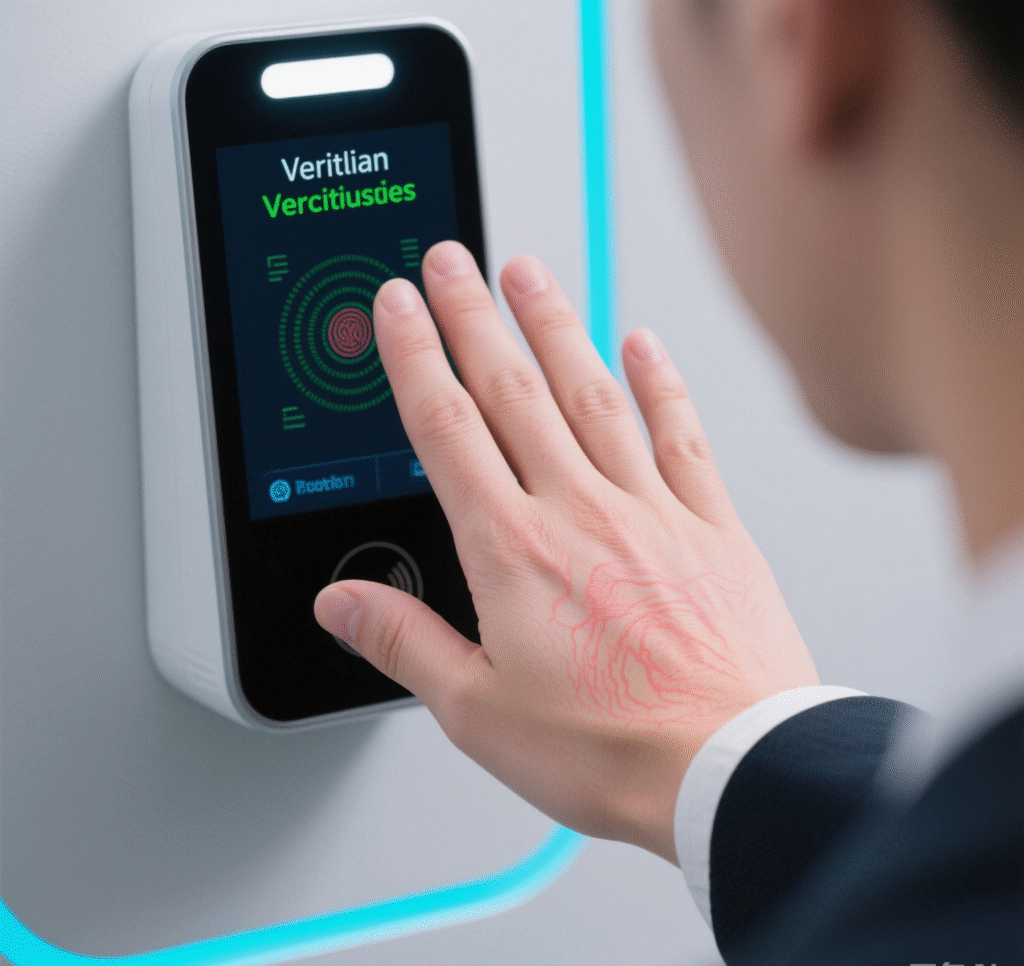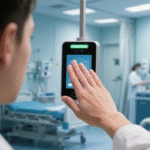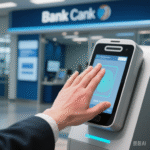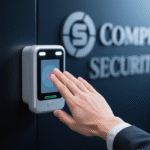What Is a Palm Vein Scanner?
أ palm vein scanner is a biometric device that captures and analyzes the unique vein patterns in the palm of a human hand. Unlike traditional methods like fingerprints or facial recognition, this technology focuses on the veins in the palm of hand, which are nearly impossible to replicate or forge. By using infrared light, the scanner maps the intricate vascular network beneath the skin, creating a highly secure digital template for identity verification.
Key Features of Palm Vein Recognition
Contactless operation
Palm vein scan technology, a breakthrough in biometrics, requires no physical touch, enhancing hygiene and safety in public spaces. By scanning the unique pattern of palm of hand veins, it provides secure, contactless authentication. This advanced biometric solution is ideal for hospitals, offices, and other high-security access points.
Anti-spoofing capabilities
Palm vein scan technology resists fake replicas or photos by verifying the unique vein patterns beneath the palm of hand veins, which are invisible to the naked eye and impossible to duplicate with surface-level images. As a highly secure form of biometrics, it ensures accurate, spoof-proof authentication, making it ideal for critical security applications in finance, healthcare, and government sectors.
أضف نص العنوان الخاص بك هنا
Palm vein recognition technology offers high accuracy by capturing the unique pattern of veins beneath the skin’s surface, which is highly stable and difficult to replicate. This level of precision ensures reliable and secure authentication, even in challenging conditions. Its high accuracy makes it ideal for sensitive applications in sectors such as banking, healthcare, and access control, where authentication errors can lead to serious security risks. This technology offers a robust solution for safeguarding sensitive data and facilities.
How Does a Palm Vein Scan Work?
ال palm vein scan process involves three simple steps:
Image Capture
An infrared light is used to illuminate the palm, highlighting the unique hemoglobin pattern within the veins. The palm vein recognition device then captures this detailed pattern through a specialized sensor, which is sensitive to the light absorption characteristics of hemoglobin. This biometric data is highly accurate and distinct for each individual, making it nearly impossible to replicate. The system processes this information to verify identity, offering a secure, contactless authentication method. Palm vein recognition is increasingly used in high-security environments, where accurate and reliable access control is essential.
Template Creation
The palm vein recognition device captures the unique pattern of veins in the palm, converting it into a distinct digital code. This biometric template is then encrypted using advanced encryption algorithms to ensure maximum security. The encrypted template is stored securely in a database, ensuring that sensitive personal data remains protected from unauthorized access. With its high accuracy and resistance to spoofing, palm vein scanning offers a reliable, contactless authentication method. This cutting-edge biometric technology is ideal for access control, financial transactions, and other high-security applications where precision and privacy are essential.
تَحَقّق
During subsequent scans, the palm vein recognition system captures real-time biometric data from the palm of hand veins using infrared technology. It then compares this live data with the securely stored, encrypted template to authenticate the user. The comparison process is fast and highly accurate, ensuring only authorized individuals gain access. This biometric authentication method, known as palm vein scanning, offers a contactless, hygienic, and spoof-resistant solution for access control systems, financial services, and secure identity verification in healthcare, government, and enterprise environments.
Applications of Palm Vein Recognition Technology
الرعاية الصحية
Palm vein recognition technology plays a crucial role in healthcare by securing patient records and controlling access to sensitive areas like pharmacies and medical storage rooms. By using the unique palm of hand veins for identification, this biometric authentication method ensures that only authorized personnel can access critical information and facilities. The contactless nature of palm vein scanning also supports hygiene standards in medical environments. Its high accuracy and resistance to forgery make it an ideal security solution for hospitals, clinics, and laboratories seeking reliable and advanced access control systems.
Banking
Enhancing ATM security through palm vein scan authentication offers a new level of protection for financial institutions. By scanning the unique pattern of veins in the palm of the hand, this advanced biometric technology ensures that only the rightful account holder can access banking services. Unlike traditional methods such as PIN codes or cards, palm vein recognition is contactless, nearly impossible to replicate, and highly secure. This makes it an ideal solution for preventing fraud, identity theft, and unauthorized transactions, while also improving user convenience and safety at ATMs and self-service banking terminals.
الأمن المؤسسي
Replacing ID cards with touchless access control systems powered by palm vein scan technology offers a seamless and secure solution for modern facilities. By scanning the unique palm of hand veins, this advanced biometric authentication method eliminates the need for physical cards or badges, reducing the risk of loss, theft, or duplication. Palm vein recognition is contactless, hygienic, and highly accurate, making it ideal for high-security environments such as corporate offices, research labs, and government buildings. The system ensures that only authorized individuals can gain access, enhancing both security and operational efficiency.
حكومة
Streamlining border control and national ID programs with palm vein recognition technology significantly enhances security and efficiency. By scanning the unique pattern of palm of hand veins, this biometric authentication system provides accurate, contactless identification for travelers and citizens. Palm vein scan technology minimizes processing time at checkpoints while ensuring robust protection against identity fraud. Its high accuracy and resistance to spoofing make it ideal for national ID systems, immigration control, and ePassport verification. Governments worldwide are adopting this advanced biometric solution to modernize their identity management infrastructures and secure national borders.
Why Choose Palm Vein Scanners Over Other Biometrics?
Unparalleled Security
Vein patterns are internal and completely unique to each individual, making palm vein recognition one of the most secure forms of biometric authentication. Unlike fingerprints or facial features, the palm of hand veins cannot be easily seen, duplicated, or altered, providing a high level of protection against spoofing and identity theft. This biometric technology uses infrared light to capture the distinct vein pattern, which is then converted into a secure digital template. Palm vein scan systems are ideal for applications requiring strong security, such as banking, healthcare, government ID programs, and access control systems.
Hygienic
No physical contact in palm vein recognition greatly reduces germ transmission, making it an ideal biometric authentication solution for environments prioritizing hygiene, such as hospitals, schools, and public facilities. The palm vein scan captures the unique pattern of veins inside the palm of hand without requiring any surface touch. This contactless method not only enhances cleanliness but also ensures high security, accuracy, and user convenience. As part of modern access control systems, palm vein technology supports safe, sanitary, and secure identification across industries like healthcare, finance, and government services.
المتانة
Palm vein recognition works even with minor cuts, dirt, or surface-level skin issues, making it a reliable biometric authentication method in real-world conditions. Unlike fingerprint scanners, which can be affected by external factors, the palm vein scan reads the internal vein pattern beneath the skin of the palm of hand using infrared light. This ensures consistent, accurate identification regardless of surface contaminants. As a result, palm vein technology is ideal for access control systems in industries such as construction, healthcare, and public services, where hands may often be exposed to rough environments.
نظرة مستقبلية
As biometric technology continues to evolve, palm vein scanners are expected to play an increasingly significant role in smart cities and IoT-connected devices. Whether enhancing public safety or streamlining everyday convenience, this advanced biometric authentication method will continue to lead the wave of innovation in identity verification. With its high accuracy, contactless operation, and resistance to forgery, palm vein recognition is poised to become a cornerstone of future-ready security systems in sectors ranging from urban infrastructure to smart home integration.
تلخيص
The Palm Vein Scanner, with its unique biometric advantages, is reshaping the landscape of modern security authentication. By capturing the complex vascular network of veins in the palm of the hand, this technology offers a contactless and highly accurate solution that is ideal for sectors such as healthcare, finance, and government. Unlike traditional biometrics, palm vein recognition is virtually impossible to forge and unaffected by external skin conditions, ensuring reliable identification in high-security environments. As demand for secure, hygienic, and user-friendly systems grows, palm vein scanners are becoming an essential component of advanced identity verification infrastructure.
التعليمات
No. The veins in the palm of hand are internal and unique to each person. Even identical twins have different vein structures.
Yes. The infrared light used is harmless and non-invasive, making it safe for all age groups.
It boasts a false acceptance rate (FAR) of less than 0.00008%, far surpassing fingerprints or facial recognition.
Most devices require direct skin contact. However, advanced models can scan through thin latex gloves.
Palm vein recognition devices are widely adopted in hospitals, banks, government offices, and corporate campuses.
By integrating palm vein scan technology into your security infrastructure, you ensure both convenience and ironclad protection. Stay ahead of the curve with this future-proof biometric solution!


